Due to their superior performance, decorative panels have become extremely popular in the construction market. They allow you to do without the need to align the wall planes, while hiding all the flaws and communications. Can serve as a basic finish. Installation of panels is subject to almost any person: installation does not require professional skills and is carried out extremely quickly. Decorative panels for interior wall decoration can be used in a wide variety of rooms: from trading floors to residential apartments. Due to its aesthetic qualities, a designer interior can be created in one’s own house. The market offers a wide range of products from various materials. Next, consider the main types.
Content
Feature and Benefits
Before choosing the material for cladding the internal planes of the house, it is recommended to pay attention to the advantages of decorative panels.
The functionality and democratic value of which led to the steadily growing popularity of facing material.
We list the main advantages inherent in this decoration option:
- As mentioned earlier, the plus is the lack of the need to prepare a wall for decoration. Plastering work is not carried out, however, an absolutely flat surface is formed at the exit;
- Depending on the material, decorative wall panels guarantee heat and sound insulation of the room, well cope with changes in temperature or humidity;
- Time savings are achieved due to the extreme ease of installation of facing products. The use of conventional fasteners allows you to install extremely quickly;
- Decorative panels for walls can safely hide communications under them;
- Products are characterized by a long service life due to their high resistance to mechanical stress;
- A wide range of models, the choice of material for the manufacture of panels and an affordable price;
- To ensure care, only a damp cloth is required;
- Installation can be carried out in various directions (vertically, diagonally, etc.);
- Artificial materials qualitatively imitate their natural counterparts.
Decorative panels for interior wall decoration can be classified according to the form of release and the type of material used.

The main forms of release
Three types are distinguished here:
- Tile. It is a fairly versatile material, strict classical form. It can be used to decorate all wall surfaces, without exception.Due to the rich representation of the external decor, the products can be combined with other indoor elements. The length of the panels can reach one meter, the width is up to half a meter. Thanks to the choice, it allows you to create mosaic textures. A neat product is installed on a wooden crate (from a bar) to fix on the wall;
- Reiki This type is very similar to lining, but can be made from a wide variety of materials. The length of the rectangular panels can reach almost 4 m, while the width is only 0.3 m. Installation is carried out in any direction, and clamps are used to hide it. Since the use of rack products does not imply a decrease in the dimensions of the room, they are safely recommended for small rooms. Often, the method of attaching panels to each other is the so-called tenon groove;
- Sheet panels. The thickness of the panels is not more than 1 cm, while the length can reach 2.5 m. For fixing this form of decorative wall panels, it is possible to use an adhesive binder, and not be limited only to the crate on the walls. Imitation of the natural surface texture allows you to consider any version of the style of the room. This applies to wood, metal, stone, etc. Joints are hidden through the use of moldings. As a manufacturing material, fiberboard or MDF with an interesting texture is often used.
The surface of most materials is coated with an additional layer.
Types of products
Decorative panels for walls can be either natural or artificial.
The following varieties of the product are distinguished:
- Decorative wall panels made of natural wood;
- MDF and chipboard sheets;
- Fiberboard panels;
- Cork panels;
- 3D panels
- Glass;
- PVC panels;
- Gypsum;
- Plastic
- Stone veneer panels
To understand what’s what and what material is better to choose, then we will consider their main features.
Wooden panels
Wall cladding with natural wood is characterized by a unique atmosphere of comfort. The interior instantly becomes rich and solid. To achieve a similar effect in production technology, arrays of noble tree species are used.
As a finishing coating, veneer is used from such valuable varieties as elegant walnut or refined cherry. Additionally, various inserts and coatings are used.
In addition, the pathos gilding of woody shades is popular. Given that wood is an integral element of the classic interior style, this decor has become a real godsend for designers.
The use of wood panels is somewhat limited due to the impossibility of their installation in wet rooms. In a bathroom or in an aggressive kitchen environment, a natural wood will not save any protective impregnation.
In all other rooms, it is also recommended to protect the material in every way from temperature or moisture changes, and keep the latter at 60%. Otherwise, unpleasant cracking can easily happen. Also among the disadvantages of natural wood is its high price.
MDF
This material is successfully used for decoration of residential premises, since the technology of its production allows to exclude from the finished products such unsafe components as epoxy resin and phenol harmful to human health.
This is achieved by hot pressing of wood waste. At the finishing stage of the production process, a decorative film with an exclusive pattern is applied. The image can imitate its natural wood counterpart, the beautiful texture of the brick. The choice of texture also implies the possibility of a matte finish or gloss.
Care of decorative panels made of MDF is extremely simple, since you can do with a normal wet towel.Lamination does not give dirt a chance to fix on a wall surface.
MDF sheets are extremely easy to install, and the design of fasteners and other accessories in the same color saves time. The style remains the same for the entire room.
Fiberboard
The operational characteristics of this material are slightly worse than the previous one. The thickness of the products can visually reduce the space of the room.
However, this inconvenience is offset by the budget cost and a wide palette of colors.
The release form can be any of the three above, and the surface texture is lined with any material.
Leather cladding and veneering made of precious woods are popular.
Chipboard
The main advantage of this type is its democratic price. For aesthetic purposes, it is customary to cover the material with veneer or decorative plastic.
 The perceptible weight of the wall panels makes it somewhat difficult to install, and the lack of moisture resistance determines their use in utility rooms (utility room, hallway, corridor);
The perceptible weight of the wall panels makes it somewhat difficult to install, and the lack of moisture resistance determines their use in utility rooms (utility room, hallway, corridor);
Bamboo
Despite its woody origin, bamboo panels stand out as a separate species.
This is largely due to their increased moisture resistance (compared with traditional tree species), as well as the lightness of the material. It is often used when decorating a room in ethnic style, or in the same country.
3D panels
Due to its three-layer structure, it is characterized by its illusion of volume.
For the manufacture of a high-quality base, a reinforcing mesh is used, and for the decorative layer - the product is covered with a special polyvinyl film (sometimes enamel is used).
3D wall panels have become so popular because of their wide range that developers had to consider the possibility of decorating them with any other surfaces (furniture, ceiling).
They are actively used as a single decorative element or as an insert in the main finish. The latter allows you to organize a functional zoning of space.
Professionals recommend, along with 3D decorative panels, to purchase original fixtures that can enhance the desired result. The relief elements after sending soft light to them guarantee an amazing black-and-white effect.
Plastic
PFH decorative panels are easy to maintain (you can use ordinary household chemicals), as well as their affordable cost. They can provide reliable sound and heat insulation of the room.
Due to moisture resistance, neutral attitude to temperature differences and certain hygienic properties, they can be used in bathrooms or unheated rooms. However, this type of decorative panels does not differ in its resistance to mechanical stress.
After a few years, the color may be adversely affected by sunlight, dyeing the finish in faded colors.
Another disadvantage of this type is the ban on the use of material in the nursery. For the same reason, plastic panels are recommended to be used exclusively in non-residential premises.
Glass
The demand for this species is due to specific operational properties.
Strength in relation to natural influences, long service life, moisture resistance, as well as the ability to use photo printing.
Such images will be characterized by the longevity of their existence. That is why the use of glass decorative panels in the kitchen does not surprise anyone.
The decor on the culinary theme in the working area of the room invariably raises the mood of the hardworking hostess.
Stone veneer
It is characterized by many useful qualities. The natural texture of wild stone harmoniously combines with its light weight.
In addition to the image, the roughness inherent in stone creations in nature can be felt tactilely. The thickness of the plates does not exceed a few mm, which makes them easy to install on wall surfaces.
Conclusion
A wide range of decorative panels led to their high demand for the interior walls of the house. The use of materials with various operational properties, as well as the availability of prices for them, played an important role in the widespread distribution of products.








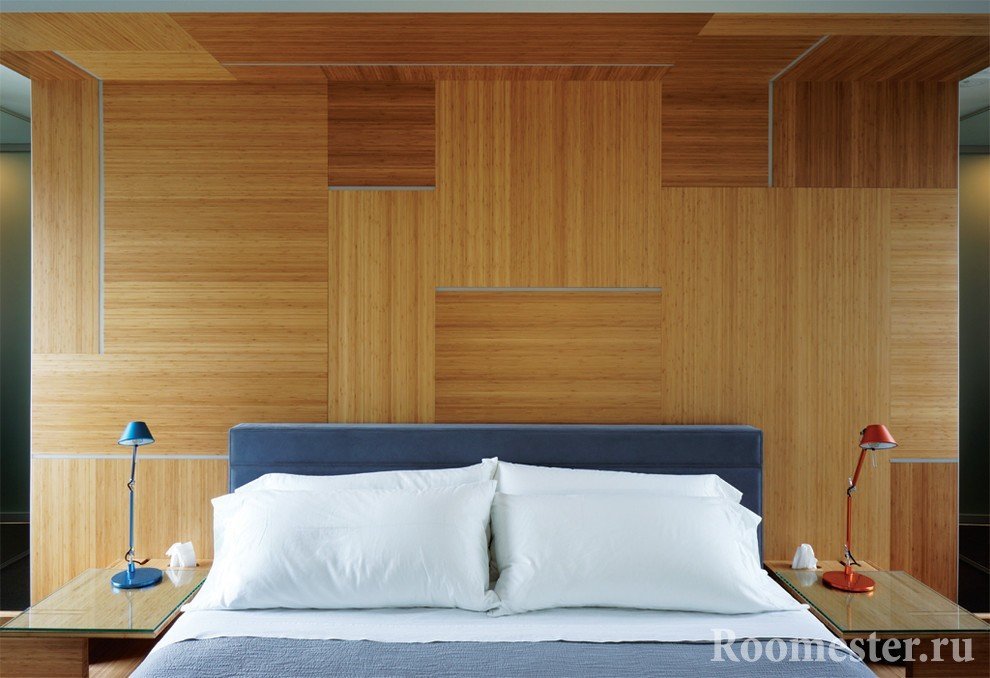


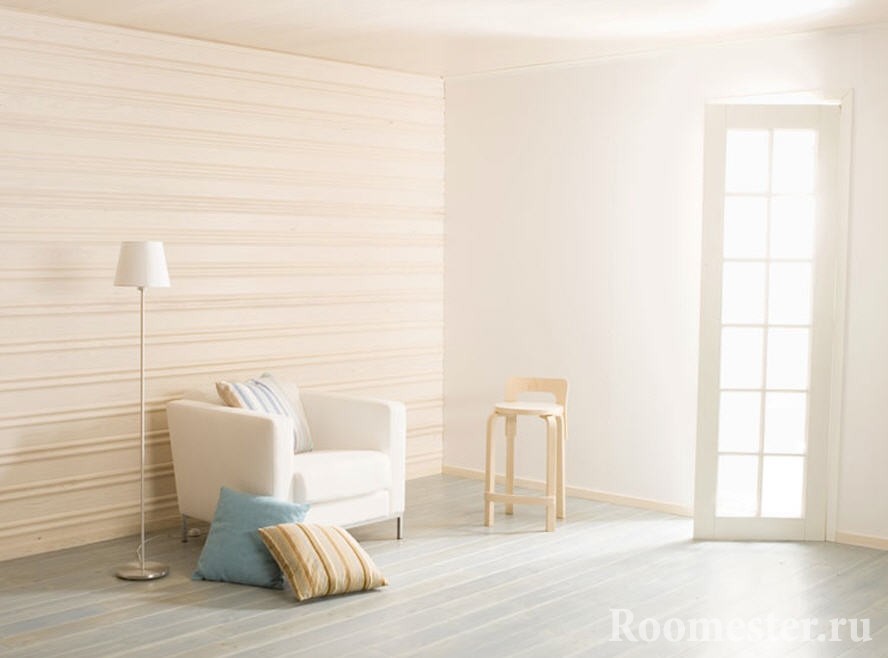





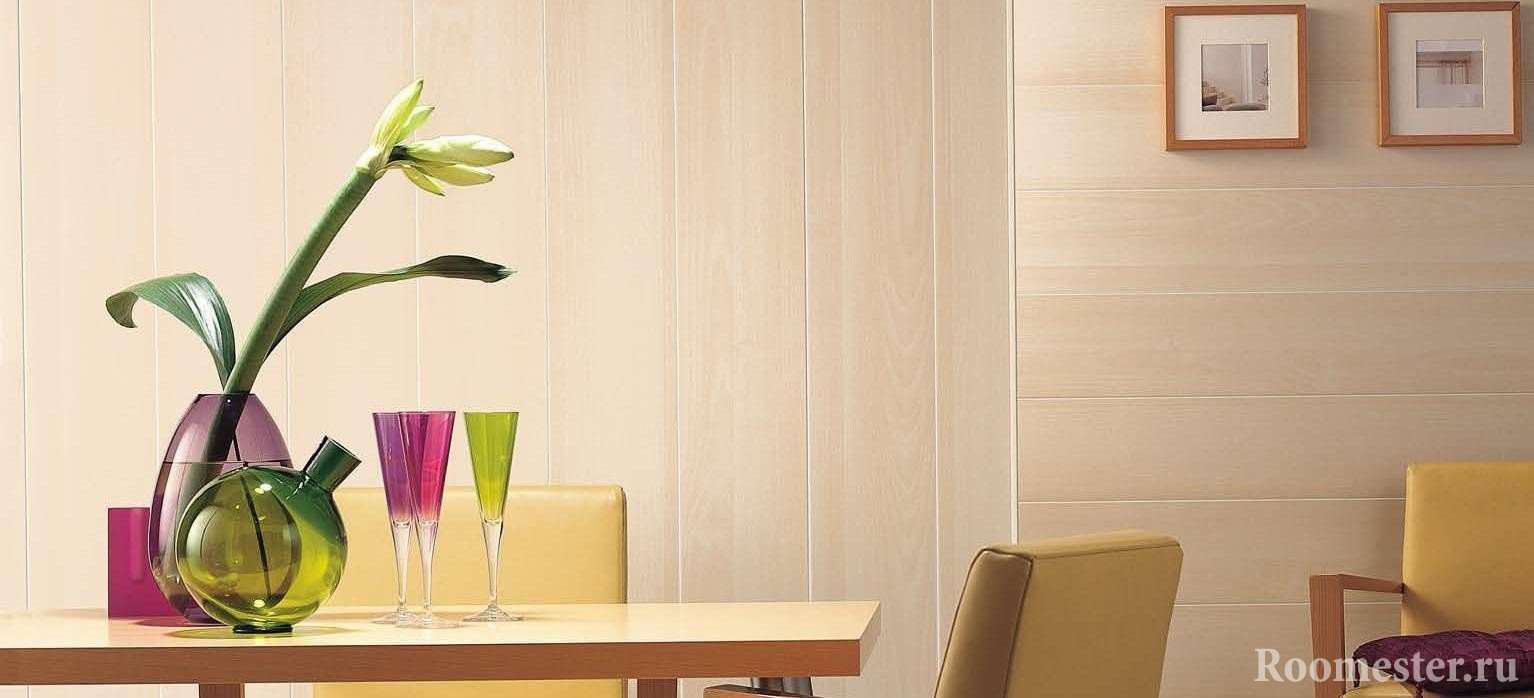









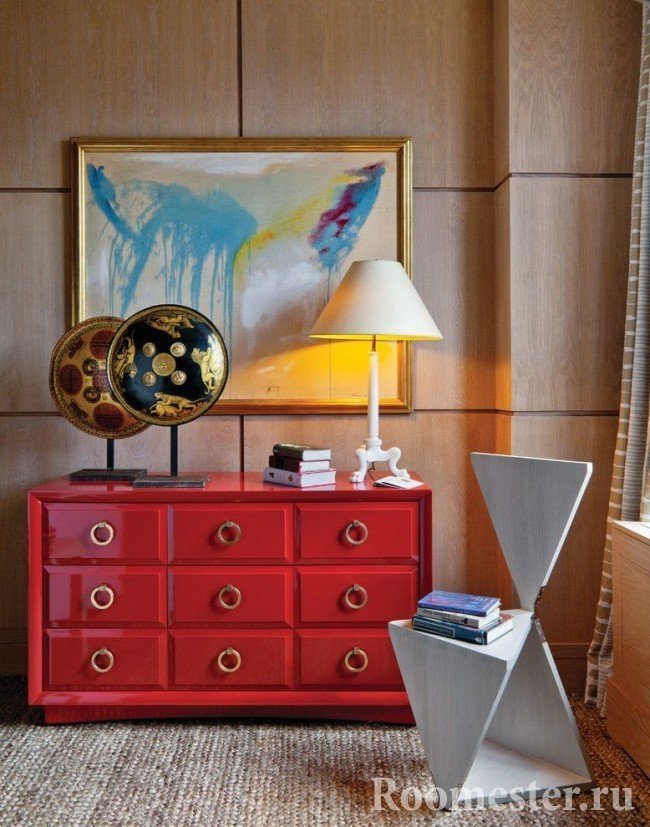








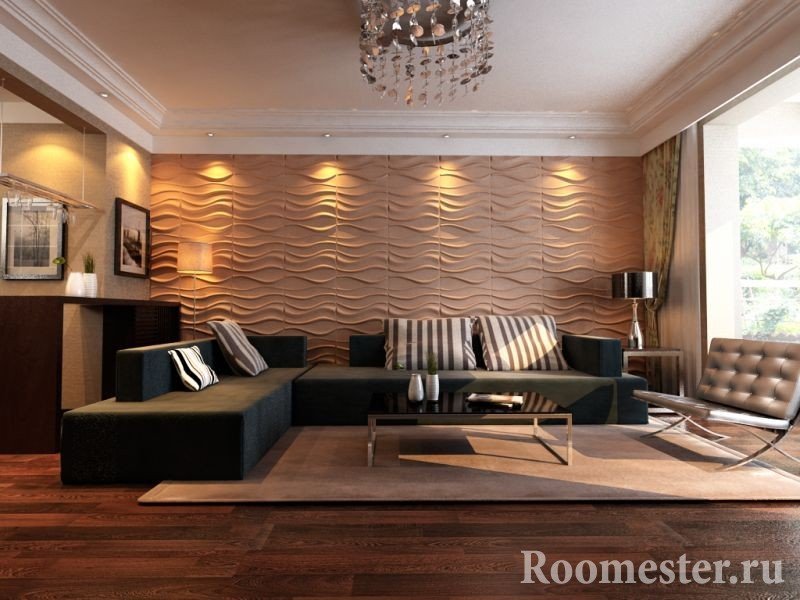

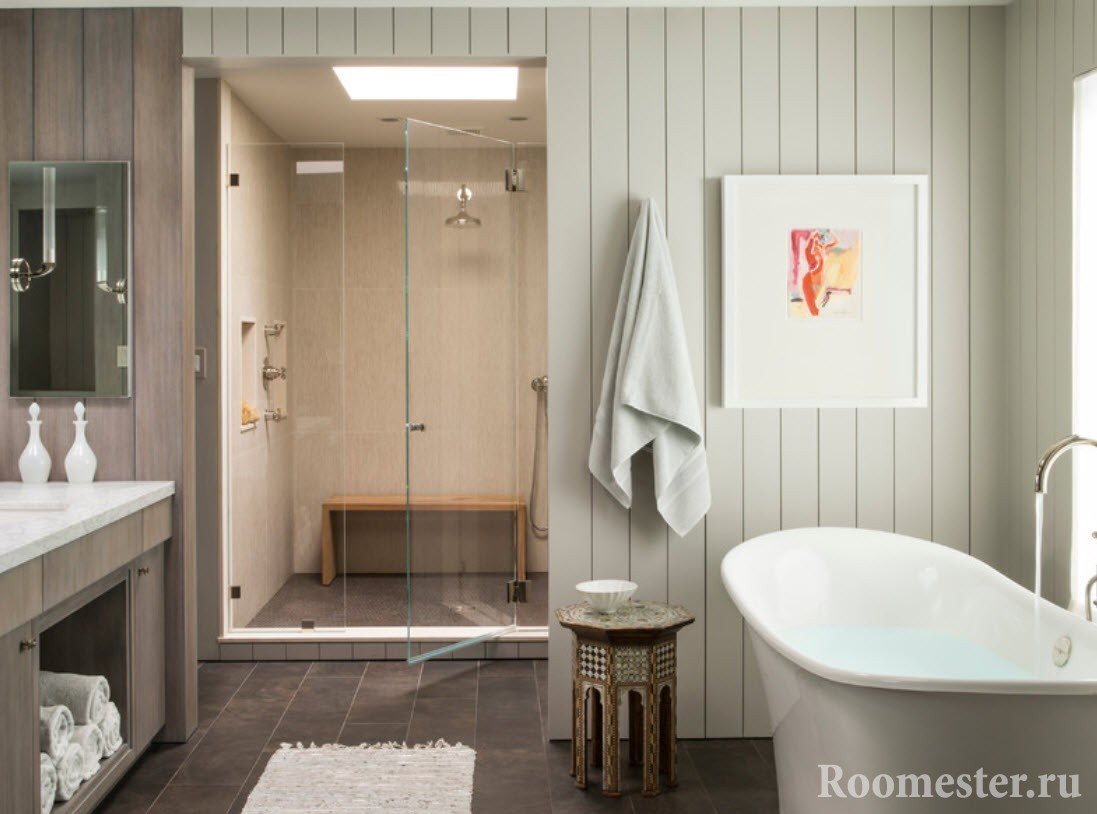







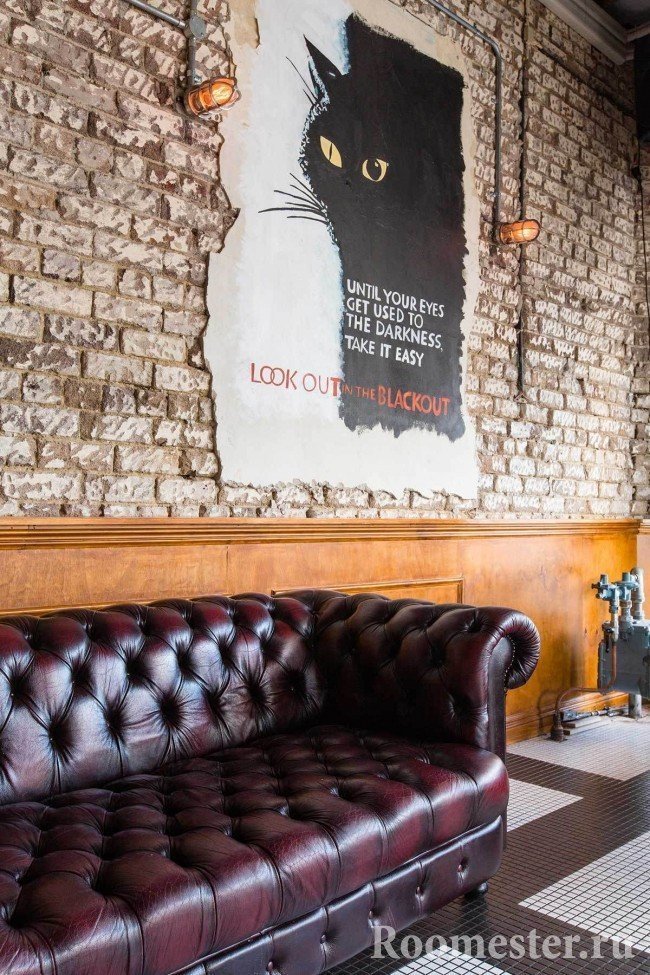


You can use decorative panels for interior decoration not only on the walls. They are convenient for facing ceilings and slopes, as well as for the restoration of furniture.